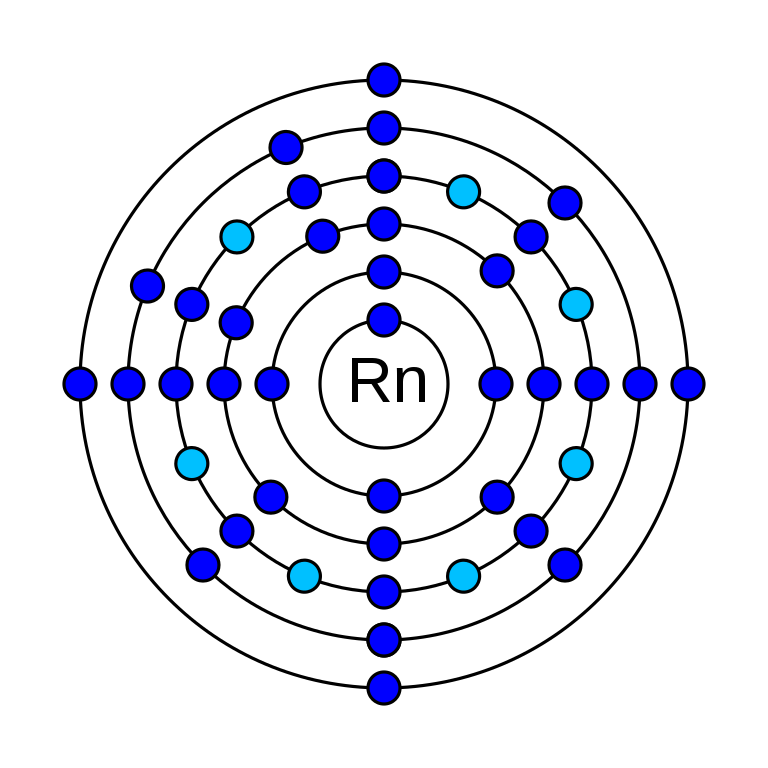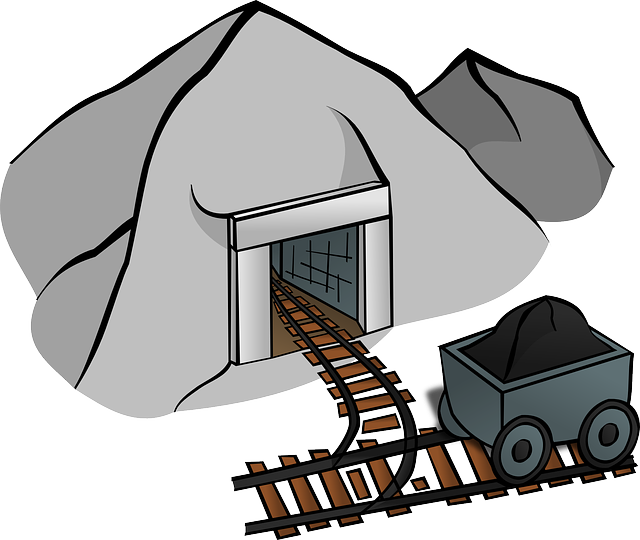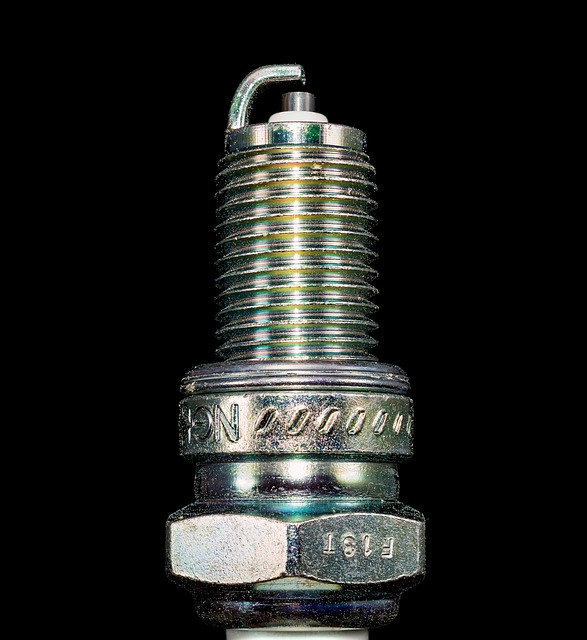Table of Contents
2. Where does radon come from?
Radon is a chemical element that has the atomic number 86. It has a relative atomic mass of 222.017g/mol and it is represented by the symbol Rn. It is a p-block element. In the periodic table, it is in group 18 (Noble gases) and period 6. Radon has 86 electrons and its electronic configuration is 1s2 2s2 2p6 3s2 3p6 3d10 4s2 4p6 4d10 5s2 5p6 4f14 5d10 6s2 6p6. Its electronegativity is 2.2 (Pauling scale) and its oxidation states are 0, +2, +6. There are 37 isotopes of radon all are radioisotopes.
At STP it is in a gaseous state and has a density of 9.73 g/L. Radon is a dense gas at room temperature. It is a colourless and tasteless gas. At lower freezing temperatures it has a yellow to orange colour. Its melting point is 202 K ?(−71 °C, ?−96 °F) and its boiling point is 211.5 K ?(−61.7 °C, ?−79.1 °F).
Radon was discovered by Ernest Rutherford and Robert B. Owens in 1899. It was first isolated by William Ramsay and Robert Whytlaw-Gray in 1910.
Radon is produced by the decay of radium-226. It is found in uranium ores shales and phosphate rocks. It is estimated that 2.4 billion curies (90 EBq) are released from the soil every year. But its concentration can be different from place to place mostly higher in mining areas.
International Agency for Research on Cancer classified Radon-222 carcinogenic to humans. Exposure to it for sustained periods can cause lung cancer. Some researchers theorizing a possible cause of leukaemia when continuously exposed to a high dose for a long time.
Where does radon come from?
Radon is produced from the radioactive decay of Radium-226. Which is found in Uranium ores, Shales and phosphate rocks etc. Radon concentration can be different from place to place. In poor ventilated houses and mines, its concentration can be 20–2,000 Bq/m3 and in the open air, it can be 1 to 100 Bq/m3. High concentration is also found in some water springs and hot springs. Houses build on soil having a high concentration of uranium has a high concentration of radon in their basements.
What is radon mitigation?
It is a process used to reduce the concentration of radon gas in residential areas as well as water supplies. Mitigation is accomplished through ventilation. For water sources, charcoal is used to capture radon. Following are some of the methods used for Radon mitigation:
- Active soil depressurization (ASD) method.
- Above slab air pressure differential barrier technology (ASAPDB).
- Heat recovery ventilators (HRV) as well as energy recovery ventilators (ERV).
- Activated carbon systems are used for capturing Radon from water.




